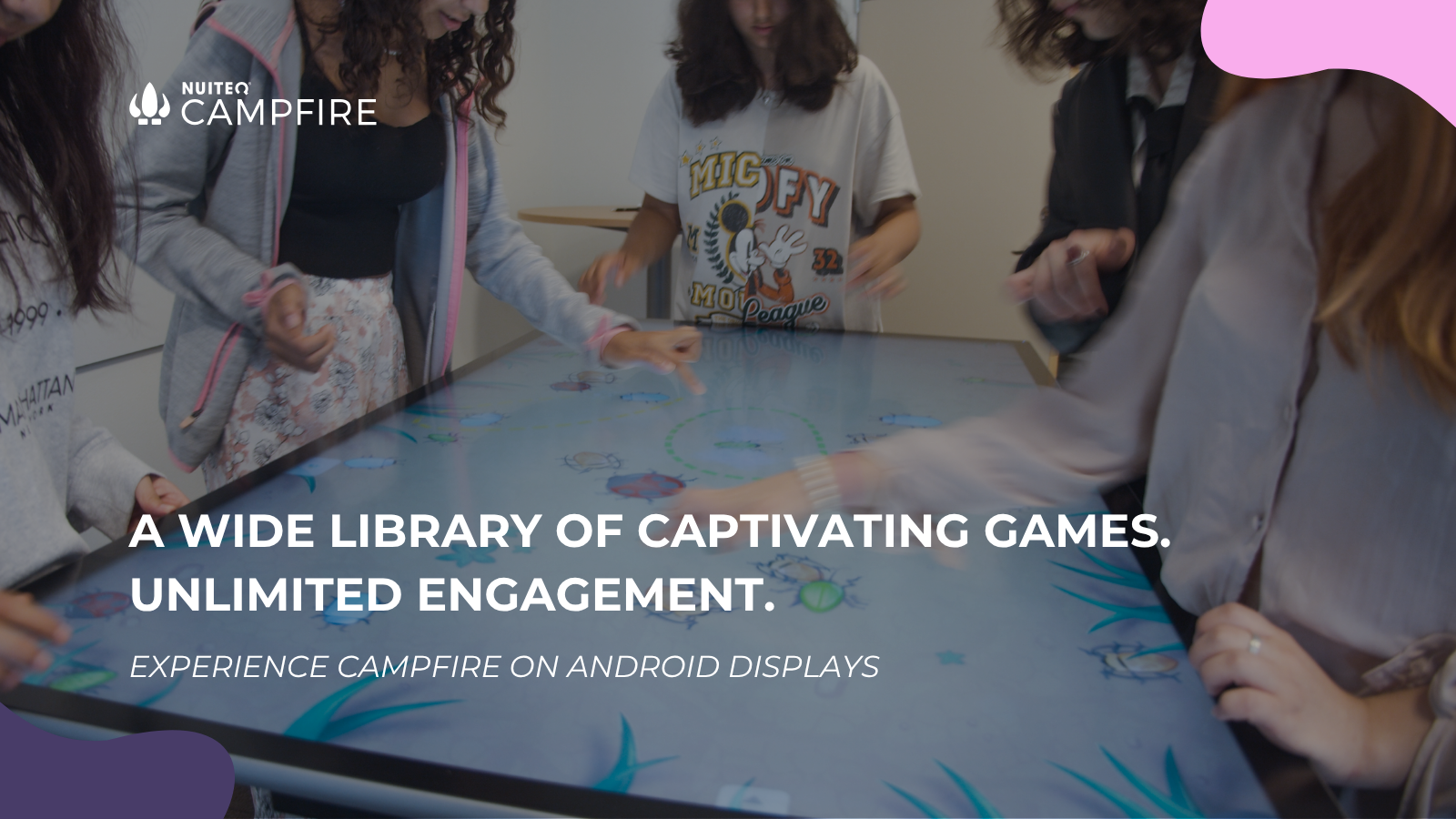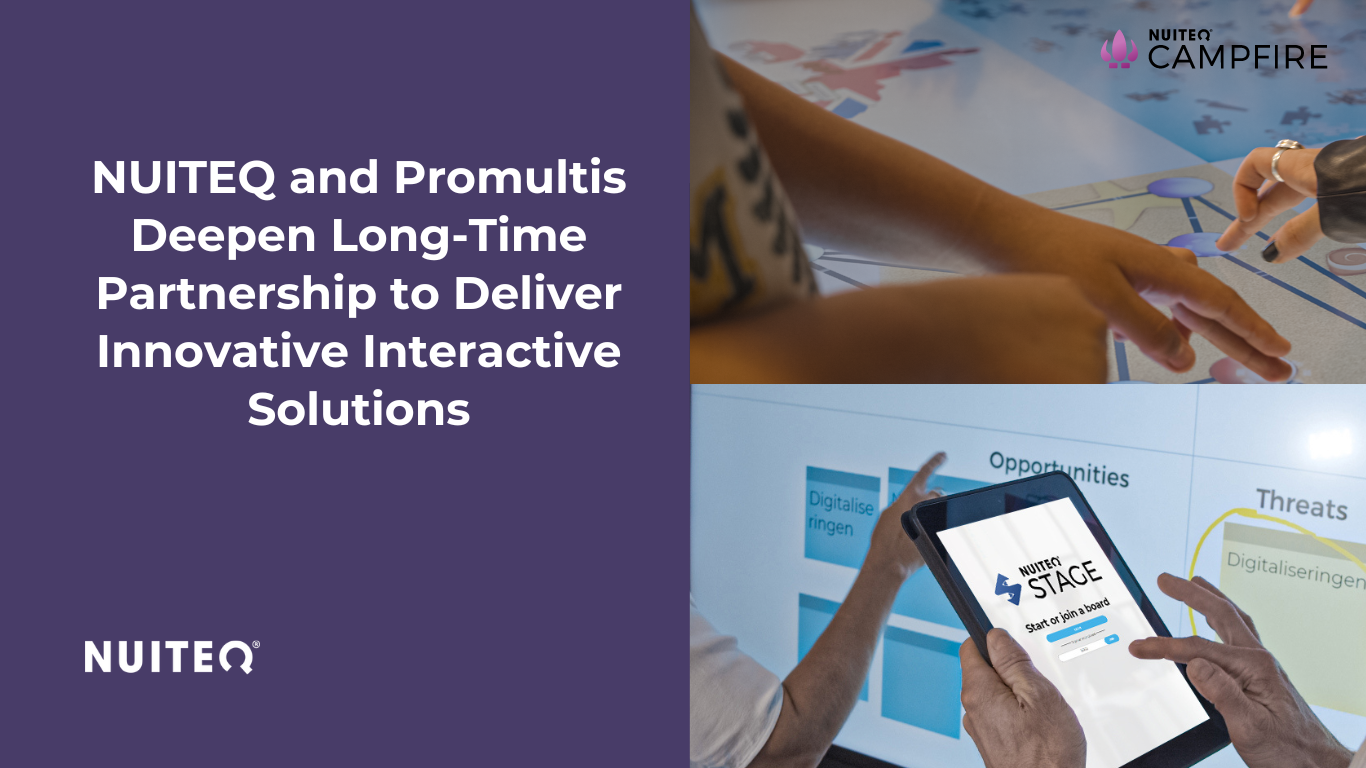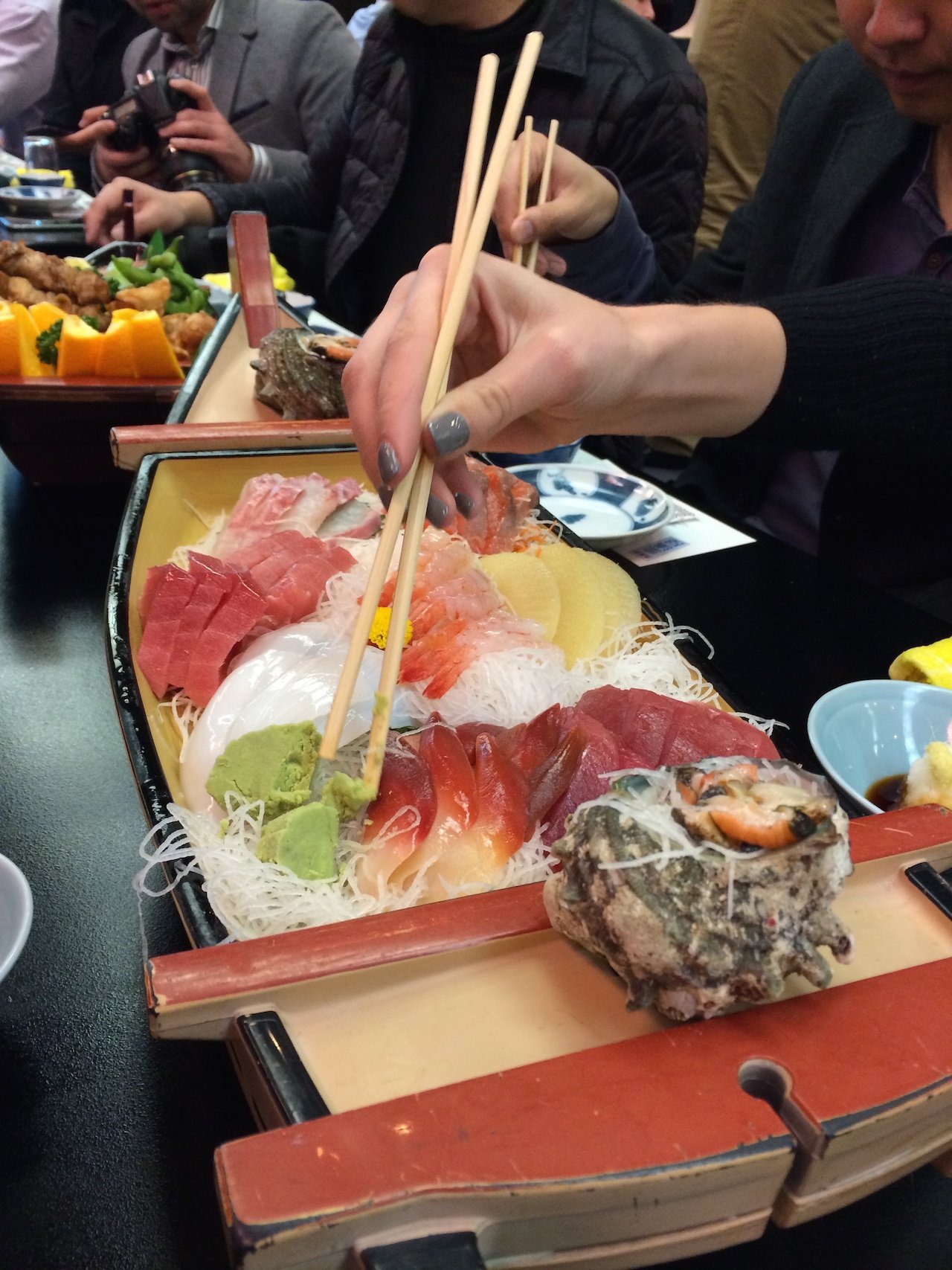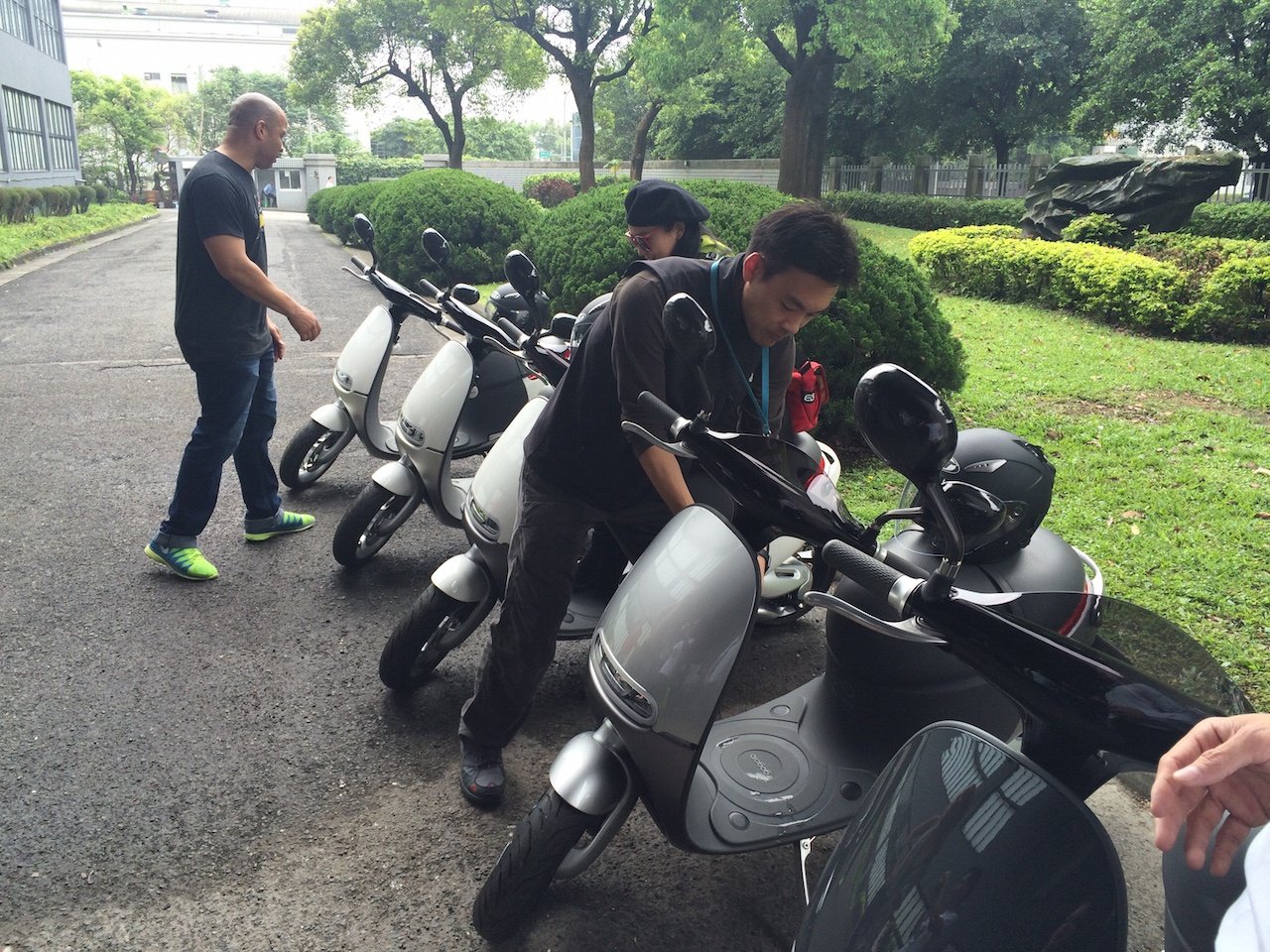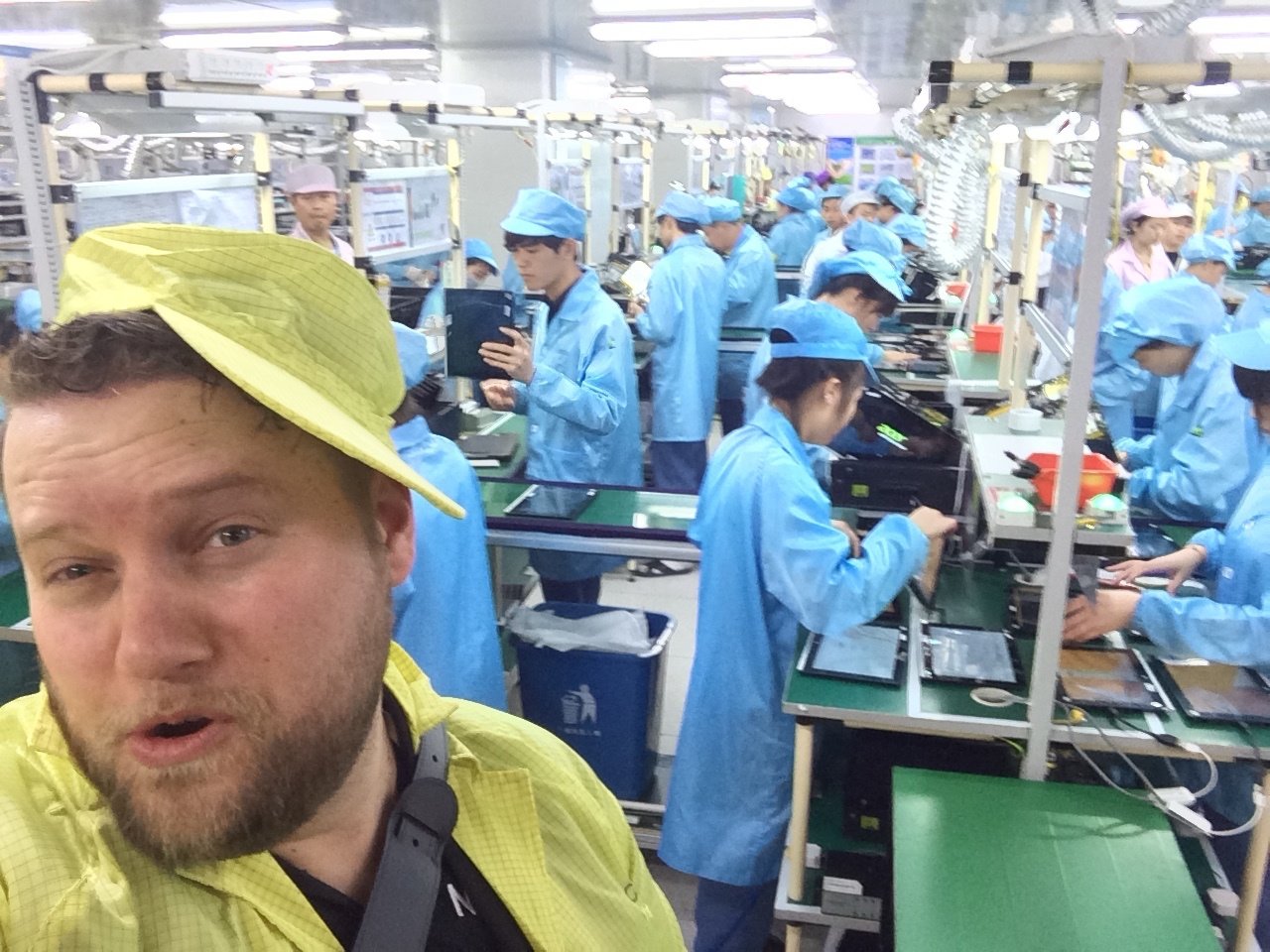Monday 30th of April, I met the four students and the project supervisor, I'm working with. Niklas Brolin and Michael Thörnlund, are both working on the gesture recognition library. Niklas is purely concentrating on the gesture recognition itself, whereas Michael is working on the connection with Touchlib. Michael Bauer is developing the games. All three students are from the education Programming Games Development.

I'll be thinking of a game concept together with Peter Bomark, that Bauer might develop. I'll be focusing on the interface and interaction of that game. later on Johannes Hirche (head research / project supervisor) and Peter joined us. Peter is occupied with building the prototypes of the multi-touch displays. Furthermore as him being a Computer Graphics Artists student, he will look into the visualization of the applications.
I tested the first prototype of the multi-touch display, with a drawing application.This prototype works very well and is pressure sensitive. It's being used for testing purposes, for example; testing gestures. Niklas and Michael showed me the alpha version of a working pong game,as well as an application, where you can play a guitar.

Further more they showed me the idea and partially working version of a tic tac toe alike game,
where you draw your shapes in a certain field by using gestures.

There's a piece of acrylic mounted into a stand with a piece of normal glas behind it, to hold the projection screen in between. A Philips SPC900NC webcam and a beamer are placed behind the glass.
LED's are placed on both vertical sides and the edges are covered with reflecting aluminum tape to prevent IR-light leakage.

A second prototype is being build as well. This is a more compact, all in one box, version of the first prototype, that will be easy to move around for displaying purposes. Johannes, Peter and I tested a special mechanism, Peter has built, for this second prototype.This mechanism allows the angle of the beamer and the mirror to be adjusted very easily.This is convenient in case you want to switch beamers,
or if you want to change the distance between the mirror and the beamer. This way you can easily calibrate the display,and the beamer won't be in the field of view from the mirrored projected image.




My intentions are to help Peter with finishing the build of the second prototype.



